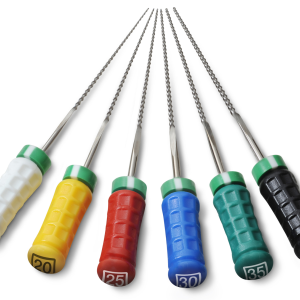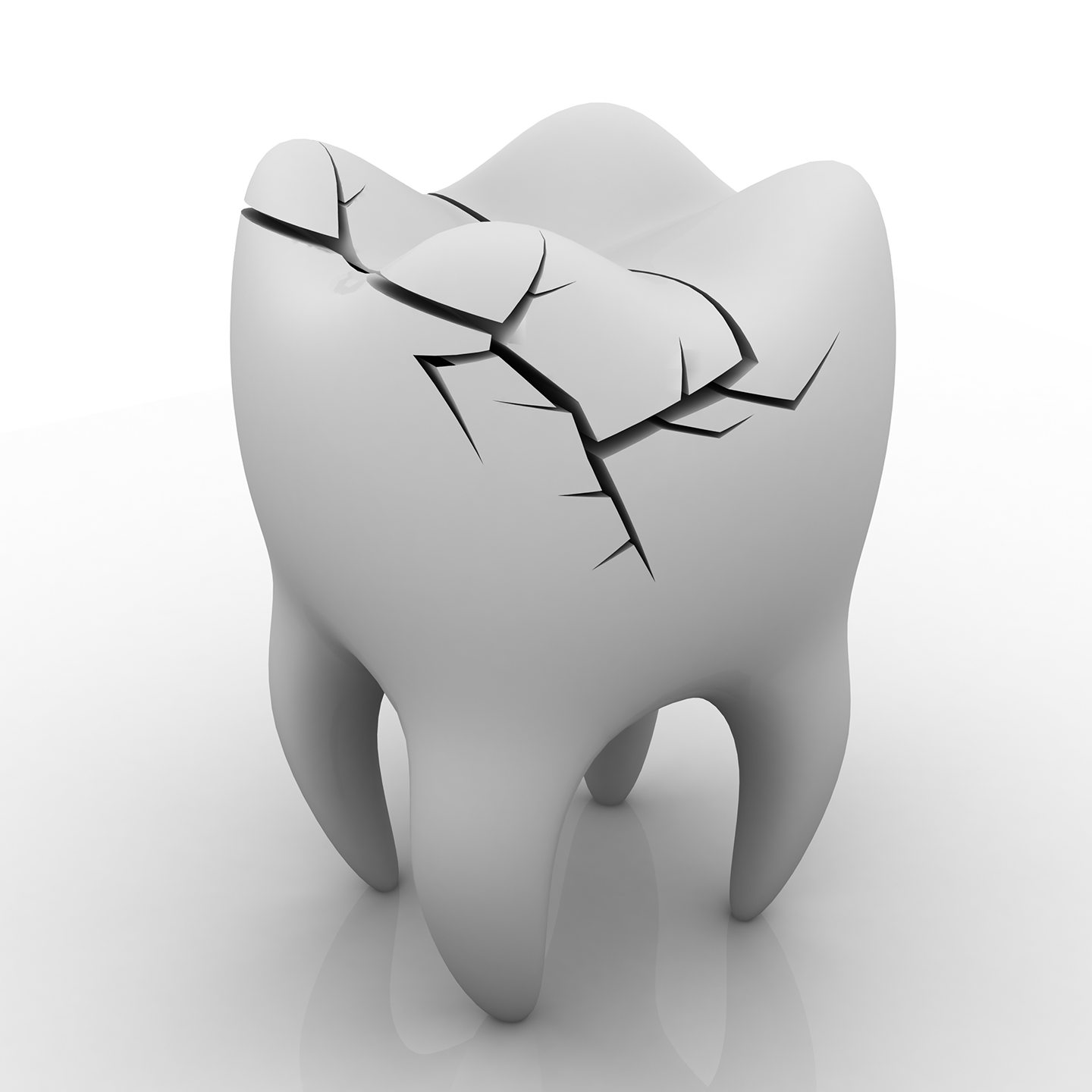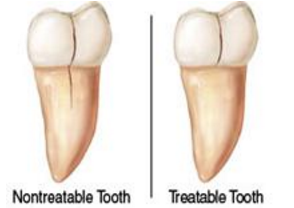Endodontist Jacksonville FL | Dr. Daniella S. Peinado
endodontics | bartram park is a specialized dental practice led by Dr. Daniella S. Peinado (Endodontist Jacksonville FL) that is limited to performing root canal therapy, apical surgeries, endodontic retreatment and emergency dental care. Dr. Peinado is a specialist at relieving pain and sensitivity in teeth as well as treating patients who have suffered traumatic dental injury. We accept most dental insurance plans and we are available to see dental emergencies in most cases the same day. We are open Monday - Friday with flexible hours to accommodate your busy schedule. If you are in pain or have experienced a dental injury, contact us now!
We are centrally located in Jacksonville South Bartram Park convenient to residents in Nocatee, SR 210 in Fruit Cove/St. Johns, Julington Creek, Mandarin and the Avenues Mall area. Near Baptist South Hospital at the Duval/St. Johns county line off I-95 and Old St. Augustine Rd. and near the new Durbin Creek shopping development.
Dr. Peinado is a female endodontist Jacksonville FL and is fluent in English, Portuguese and Spanish.

EMERGENCY VISIT
Accidents happen in an instant and pain from an underlying issue can flare up without warning. Emergencies are a normal part of our practice and in most cases we can see your case today. If you are in pain or have suffered an injury, call our office today to have the doctor evaluate your case.
ENDODONTIC OR ROOT CANAL THERAPY
Inside the tooth, under the white enamel and a hard layer called the dentin, is a soft tissue called the pulp. The pulp contains blood vessels, nerves and connective tissue, and helps to grow the root of your tooth during development. In a fully developed tooth, the tooth can survive without the pulp because the tooth continues to be nourished by the tissues surrounding it.
Treatment done to the inside of the tooth is necessary when the pulp becomes inflamed or infected. The inflammation or infection can have a variety of causes: deep decay, repeated dental procedures on the tooth, faulty crowns, or a crack or chip in the tooth. In addition, trauma to a tooth may cause pulp damage even if the tooth has no visible chips or cracks. If pulp inflammation or infection is left untreated, it can cause pain or lead to an abscess. Signs to look for include pain, prolonged sensitivity to heat or cold, tenderness to touch and chewing, discoloration of the tooth, and swelling, drainage and tenderness in the lymph nodes as well as nearby bone and gum tissues. Sometimes, however, there are no symptoms.
During root canal or endodontic treatment, the inflamed or infected pulp is removed and the inside of the tooth is carefully cleaned and disinfected, then filled and sealed with a rubber-like material called gutta-percha. Afterwards, the tooth is restored with a crown or filling for protection. After restoration, the tooth continues to function like any other tooth.
Endodontic treatment helps you maintain your natural smile, continue eating the foods you love and limits the need for ongoing dental work. With proper care, most teeth that have had root canal treatment can last a lifetime.
product, and more importantly, a great experience for you as our customers.
ENDODONTIC RETREATMENT
If the tooth fails to heal properly after a root canal, you may need to see an endodontist for retreatment. As occasionally happens with any dental or medical procedure, a tooth may not heal as expected after initial treatment for a variety of reasons:
- Narrow or curved canals were not treated during the initial procedure.

- Complicated canal anatomy went undetected in the first procedure.
- The placement of the crown or other restoration was delayed following the endodontic treatment.
- The restoration did not prevent salivary contamination to the inside of the tooth.
- In other cases, a new problem can jeopardize a tooth that was successfully treated. For example:
- New decay can expose the root canal filling material to bacteria, causing a new infection in the tooth.
- A loose, cracked or broken crown or filling can expose the tooth to new infection.
- A tooth sustains a fracture.
During retreatment, the endodontist will reopen your tooth and remove the filling materials that were placed in the root canals during the first procedure. The endodontist then carefully examines the tooth, looking for additional canals or new infection. The endodontist then removes any infection, cleans and shapes the canals, and places new filling materials. The opening is then sealed with a temporary filling. Once the tooth heals, a new crown or other restoration is placed on the tooth to protect it.
APICAL SURGERY / APICOECTOMY
Occasionally, a nonsurgical root canal procedure alone cannot save your tooth and your endodontist will recommend surgery. Endodontic surgery can be used to locate small fractures or hidden canals that weren’t detected on x-rays or during previous treatment. Surgery may also be needed to remove calcium deposits in root canals, or to treat damaged root surfaces or the surrounding bone of the tooth. Endodontists use advanced technologies like digital imaging and operating microscopes to perform surgeries quickly, comfortably and successfully.
There are many surgical procedures that can be performed to save a tooth. The most common is called an apicoectomy, or root-end resection, which is occasionally needed when inflammation or infection persists in the bony area around the end of your tooth after a root canal procedure. In this microsurgical procedure, the endodontist opens the gum tissue near the tooth to see the underlying bone and to remove any inflamed or infected tissue. The very end of the root is also removed.
A small filling may be placed to seal the end of the root canal and few stitches or sutures are placed to help the tissue heal. Over a period of months, the bone heals around the end of the root. Local anesthetics make the procedure comfortable, and most patients return to their normal activities the next day. Postsurgical discomfort is generally mild.
In this procedure, the endodontist opens the gum tissue near the tooth to see the underlying bone and to remove any inflamed or infected tissue. The very end of the root is also removed.

A small filling may be placed in the root to seal the end of the root canal, and a few stitches or sutures are placed in the gingiva to help the tissue heal properly.

Over a period of months, the bone heals around the end of the root.



CRACKED TEETH
There are many different types of cracked teeth. Cracked teeth show a variety of symptoms, including erratic pain when chewing, possibly with release of biting pressure, or pain when your tooth is exposed to temperature extremes. In many cases, the pain may come and go, and your dentist may have difficulty locating which tooth is causing the discomfort. If you are experiencing these dental symptoms or suspect a cracked tooth, see an endodontist, who specializes in saving cracked teeth.
The treatment and outcome for your tooth depends on the type, location and extent of the crack. If you think you have a cracked tooth, it’s important to seek treatment quickly, before the problem gets worse. Once treated, most cracked teeth continue to function and provide years of comfortable chewing.
When the outer hard tissues of the tooth are cracked, chewing can cause movement of the pieces, and the pulp can become irritated. Eventually, the pulp will become damaged to the point that it can no longer heal itself. The tooth will not only hurt when chewing but may also become sensitive to temperature extremes. In time, a cracked tooth may begin to hurt all by itself. Extensive cracks can lead to infection of the pulp tissue, which can spread to the bone and gum surrounding the tooth.
How will my cracked tooth be treated?
There are many different types of cracked teeth. The treatment and outcome for your tooth depends on the type, location and extent of the crack.
Craze Lines
Craze lines are tiny cracks that affect only the outer enamel. These cracks are extremely common in adult teeth. Craze lines are very shallow, cause no pain, and are of no concern beyond appearances.
Fractured Cusp

When a piece of a tooth’s chewing surface breaks off, often around a filling, it’s called a fractured cusp. A fractured cusp rarely damages the pulp, and usually doesn’t cause much pain. Your dentist can place a new filling or crown over the damaged tooth to protect it.
If you’ve cracked a tooth and breathing through your mouth or drinking cold fluids is painful, bite on clean, moist gauze or cloth to help relieve symptoms until reaching your dentist’s office. Never use topical oral pain medications (such as Anbesol®) or ointments, or place aspirin on the affected areas to eliminate pain symptoms.
Cracked Tooth

A cracked tooth means a crack extends from the chewing surface of your tooth vertically toward the root. The tooth is not yet separated into pieces, though the crack may gradually spread. Early diagnosis is important in order to save the tooth. If the crack has extended into the pulp, the tooth can be treated with a root canal procedure and a crown to protect the crack from spreading.
However, if the crack extends below the gum line, it is no longer treatable, and the tooth cannot be saved and will need to be extracted. That’s why early treatment is so important. A cracked tooth that is not treated will progressively worsen, eventually resulting in the loss of the tooth. Early diagnosis and treatment are essential in saving these teeth.
Split Tooth

A split tooth is often the result of the long term progression of a cracked tooth. The split tooth is identified by a crack with distinct segments that can be separated. A split tooth cannot be saved intact. The position and extent of the crack, however, will determine whether any portion of the tooth can be saved. In some cases, endodontic treatment may be performed to save a portion of the tooth.
Vertical Root Fracture

Vertical root fractures are cracks that begin in the root of the tooth and extend toward the chewing surface. They often show minimal signs and symptoms and may therefore go unnoticed for some time. Vertical root fractures are often discovered when the surrounding bone and gum become infected. Treatment may involve extraction of the tooth. However, endodontic surgery is sometimes appropriate if a tooth can be saved by removal of the fractured portion.
After treatment for a cracked tooth, will my tooth completely heal?
Unlike a broken bone, the fracture in a cracked tooth will not heal. In spite of treatment, some cracks may continue to progress and separate, resulting in loss of the tooth. Placement of a crown on a cracked tooth provides maximum protection but does not guarantee success in all cases.
The treatment you receive for your cracked tooth is important because it will relieve pain and reduce the likelihood that the crack will worsen. Once treated, most cracked teeth continue to function and provide years of comfortable chewing. Talk to your endodontist about your particular diagnosis and treatment recommendations.
What can I do to prevent my teeth from cracking?
While cracked teeth are not completely preventable, you can take some steps to make your teeth less susceptible to cracks.
- Don’t chew on hard objects such as ice, unpopped popcorn kernels or pens.
- Don’t clench or grind your teeth.
- If you clench or grind your teeth while you sleep, talk to your dentist about getting a retainer or other mouthguard to protect your teeth.
- Wear a mouthguard or protective mask when playing contact sports.
TRAUMATIC INJURIES
Traumatic dental injuries often occur in accidents or sports-related injuries. Chipped teeth account for the majority of all dental injuries. Dislodged or knocked-out teeth are examples of less frequent, but more severe injuries. Treatment depends on the type, location and severity of each injury. Any dental injury, even if apparently mild, requires examination by a dentist or an endodontist immediately.
Sometimes, neighboring teeth suffer an additional, unnoticed injury that will only be detected by a thorough dental exam. Endodontists are dentists who specialize in treating traumatic dental injuries. With their advanced skills, techniques and technologies they can often save injured teeth.
Chipped or Fractured Teeth

Most chipped or fractured tooth crowns can be repaired either by reattaching the broken piece or by placing a tooth-colored filling. If a significant portion of the tooth crown is broken off, an artificial crown or “cap” may be needed to restore the tooth.
If the pulp is exposed or damaged after a crown fracture, root canal treatment may be needed. These injuries require special attention. If breathing through your mouth or drinking cold fluids is painful, bite on clean, moist gauze or cloth to help relieve symptoms until reaching your dentist’s office. Never use topical oral pain medications (such as Anbesol®) or ointments, or place aspirin on the affected areas to eliminate pain symptoms.
Injuries in the back teeth often include fractured cusps, cracked teeth and the more serious split tooth. If cracks extend into the root, root canal treatment and a full coverage crown may be needed to restore function to the tooth. Split teeth may require extraction.
Dislodged (Luxated) Teeth

During an injury, a tooth may be pushed sideways, out of or into its socket. Your endodontist or general dentist will reposition and stabilize your tooth. Root canal treatment is usually needed for permanent teeth that have been dislodged and should be started a few days following the injury. Medication such as calcium hydroxide may be put inside the tooth as part of the root canal treatment. A permanent root canal filling will be placed at a later date.
Children between seven and 12 years old may not need root canal treatment since their teeth are still developing. For those patients, an endodontist or dentist will monitor the healing carefully and intervene immediately if any unfavorable changes appear.
Knocked-Out (Avulsed) Teeth

If a tooth is completely knocked out of your mouth, time is of the essence. See an endodontist or dentist immediately! Handled the knocked-out tooth very gently, avoiding touching the root surface and follow these steps to protect the tooth:
Knocked-Out Teeth
More than five million teeth are knocked out every year in children and adults. With proper emergency action, a tooth that has been knocked out of its socket can be successfully replanted and last for years. Review, remember and share these steps to saving a knocked-out tooth. Your knowledge and quick action will likely increase the likelihood of saving the tooth! If this has happened to you, see an endodontist or nearest available dentist within 30 minutes of the injury!
Steps to saving a knocked-out tooth:
- Locate the tooth immediately; do not leave it at the site of the accident. The tooth should be handled carefully. Touch only the crown to minimize injury to the root. Pick up the tooth by the crown (the chewing surface) NOT the root.
- If dirty, gently rinse the tooth with water.
- Do not use soap or chemicals.
- Do not scrub the tooth.
- Do not dry the tooth.
- Do not wrap the tooth in a tissue or cloth.
- Reposition the tooth in the socket immediately, if possible.
The sooner the tooth is replaced, the greater the likelihood it will survive. To reinsert, carefully push the tooth into the socket with your fingers, or position above the socket and close your mouth slowly. Hold the tooth in place with your fingers or by gently biting down on it.
- Keep the tooth moist at all times.
The tooth must not be left outside the mouth to dry. If it cannot be replaced in the socket, put it in one of the following:
- Emergency tooth preservation kit (such as Save-a-Tooth®)
- Milk
- Mouth (next to cheek)
- Regular tap water is not recommended for long-term storage because the root surface cells do not tolerate water for long periods of time.
- See an endodontist or nearest available dentist within 30 minutes of the injury.
Bring the tooth with you to your emergency appointment ideally, within 30 minutes. However, it is possible to save a tooth even if it has been outside the mouth for an hour or more.

Your endodontist or dentist will carefully evaluate the tooth, place it back in its socket and examine you for any other dental and facial injuries. A stabilizing splint will be placed for a few weeks. Depending on the stage of root development, your dentist or endodontist may start root canal treatment a week or two later. A medication may be placed inside the tooth followed by a permanent root canal filling at a later date.
The length of time the tooth was out of the mouth and the way the tooth was stored before reaching the dentist influence the chances of saving the tooth. Again, immediate treatment is essential. Taking all these factors into account, your dentist or endodontist may discuss other treatment options with you.

We can help Call Now : 904-207-7700
